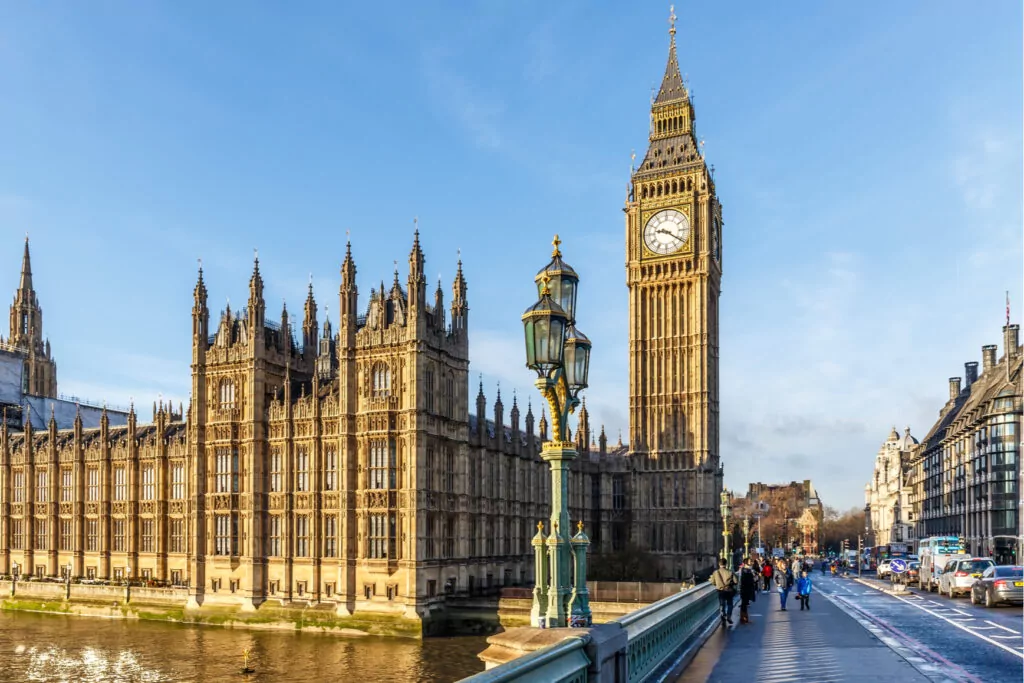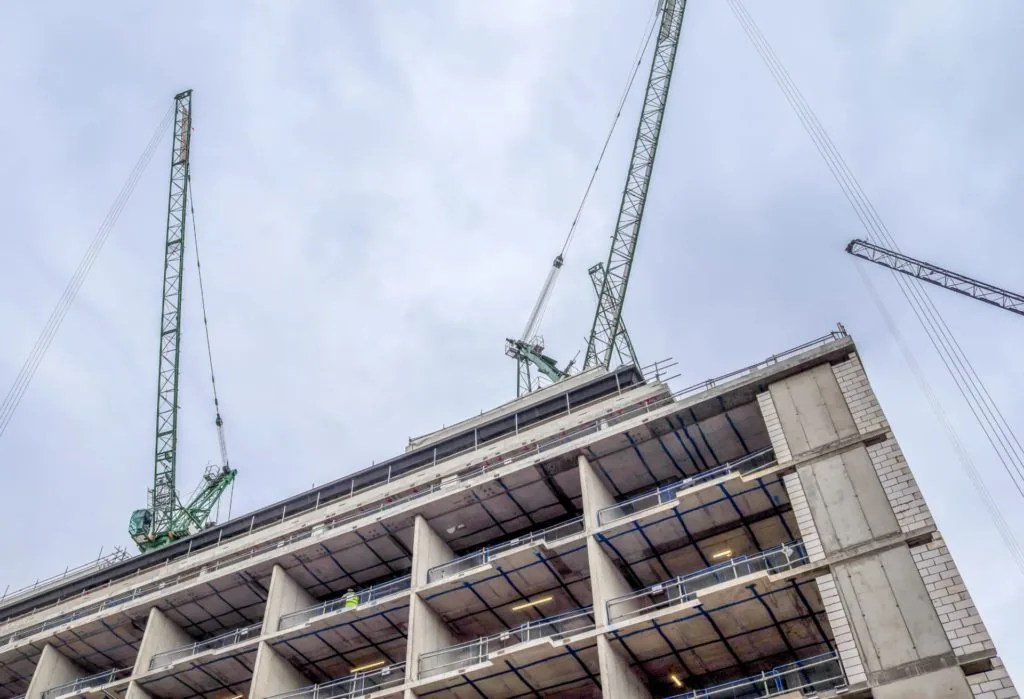
How will changes to the Minimum Energy Efficiency Standards affect commercial property?

By Ben Delany
2 Nov 2022 | 3 minute read
This article looks at the impending changes to the Minimum Energy Efficiency Standards (MEES) and how they will affect commercial property.
What are MEES?
To tackle the UK's greenhouse gas emissions, in 2018 the government implemented minimum energy efficiency standards (MEES), which affect leases of both commercial and residential properties. These are set out in the Energy Efficiency (Private Rented Property) (England and Wales) Regulations 2015 (SI 2015/962) (the Regulations).
The aim was to bring older properties up to date in their standard of energy efficiency. The energy performance rating is set out in the energy performance certificate (EPC) for a property which is required whenever a property is built, sold or let. The minimum energy efficiency standard is E. Any rating below E is substandard.
What impact will MEES have?
MEES have substantial implications for landlords, and for occupiers and tenants who wish to sublet space. The current impact of MEES is that new leases cannot be granted of properties which have a substandard energy performance rating unless an exemption applies. From 1 April 2023, it will be unlawful for a landlord to continue to let a substandard non-domestic private rented property. This will mean that MEES will affect existing leases.
The government has proposed a phased increase in the minimum standard to B by 2030. This would bring 85% of non-domestic private rented property within scope. If this target is to be met, then within the next 8 years, 85% of the country's nondomestic properties will need to significantly upgrade their energy performance ratings, potentially creating a significant bill for landlords of older commercial properties.
- The obligation to comply with MEES falls on landlords who cannot let (or after 1 April 2023, continue to let) substandard properties. Enforcement of breaches of the MEES is by the Local Weights and Measures Authorities who can impose financial penalties, though there has been little publicity of any such enforcement. There is no criminal liability under the Regulations.
- As well as a potential financial penalty and the reputational impact, landlords will also be concerned about the financial implications of carrying out energy improvement works to substandard buildings and the potential loss of income if they are unable to rent the building out while the works are being done. With the current economic outlook and difficult past few years this could cause landlords significant issues going forward if they are not prepared.
- In advance of April 2023, tenants should check the asset rating of properties which they occupy and review the terms of their leases. It may not be clear where the burden of the cost of improvements will fall. In the case of ambiguity, early discussions with the landlord about their plans for improvement works may clarify their position. The outcome will depend on an analysis of the terms of the lease, the negotiating strength of the parties and will often be resolved on a case-by-case basis.
- As well as the cost of works, a substandard asset rating will prevent a tenant from granting a sublease. This could potentially put the tenant in a difficult situation if they cannot sublet their existing lease even though the terms of the lease allow them to do so.
- The obligation to comply with MEES falls on landlords who cannot let (or after 1 April 2023, continue to let) substandard properties. Enforcement of breaches of the MEES is by the Local Weights and Measures Authorities who can impose financial penalties, though there has been little publicity of any such enforcement. There is no criminal liability under the Regulations.
- As well as a potential financial penalty and the reputational impact, landlords will also be concerned about the financial implications of carrying out energy improvement works to substandard buildings and the potential loss of income if they are unable to rent the building out while the works are being done. With the current economic outlook and difficult past few years this could cause landlords significant issues going forward if they are not prepared.
- In advance of April 2023, tenants should check the asset rating of properties which they occupy and review the terms of their leases. It may not be clear where the burden of the cost of improvements will fall. In the case of ambiguity, early discussions with the landlord about their plans for improvement works may clarify their position. The outcome will depend on an analysis of the terms of the lease, the negotiating strength of the parties and will often be resolved on a case-by-case basis.
- As well as the cost of works, a substandard asset rating will prevent a tenant from granting a sublease. This could potentially put the tenant in a difficult situation if they cannot sublet their existing lease even though the terms of the lease allow them to do so.
Are there any exemptions?
There are some scenarios where MEES will not apply, as follows:
- Buildings which do not require an EPC.
- Buildings for which there is no valid EPC
- Tenancies of less than six months (unless the tenant has occupied for more than 12 months) or tenancies of over 99 years.
There are also some circumstances when the landlord can claim an exemption to avoid compliance with MEES. In summary these are where:
- The improvements are not cost effective (as they would not pay for themselves in energy savings in seven years).
- Consent to the works is refused by a third party or subject to unreasonable conditions.
- The works would result in devaluation of the property by 5% or more. or all cost-effective improvements have been made but the asset rating remains below the minimum energy efficiency standard.
So far, these exemptions have not been fully tested and there are some ambiguities, which may create potential loopholes or issues in claiming the same. If a landlord is to claim one of the exemptions, it must be validly registered on the central government Private Rented Sector Exemptions Register. Note that the exemptions only last for five years and will then need to be renewed.
There are also temporary exemptions allowing a landlord six months grace before it has to bring the property up to standard in certain situations. This covers purchasing a property for value, granting a lease pursuant to a contractual obligation, granting a lease to a guarantor on tenant insolvency, granting an overriding lease, granting a lease by operation of law on surrender and regrant, or granting a lease pursuant to a court order or 1954 Act renewal. This will give a landlord some relief if minor works are required, but six months may not be long enough for more complex or detailed works.
What does the future hold?
For now, landlords and tenants will need to focus on the change coming in April 2023 and the effect this will have on existing leases.
Further regulations and developments on MEES are expected, particularly in relation to the anticipated phased target increase in the minimum energy efficiency standard by 2030. As climate change continues to come to the forefront of minds, including the recent cost of energy crisis, it is in the interests of all to improve property energy efficiency ratings and our general carbon footprint wherever we can.































































